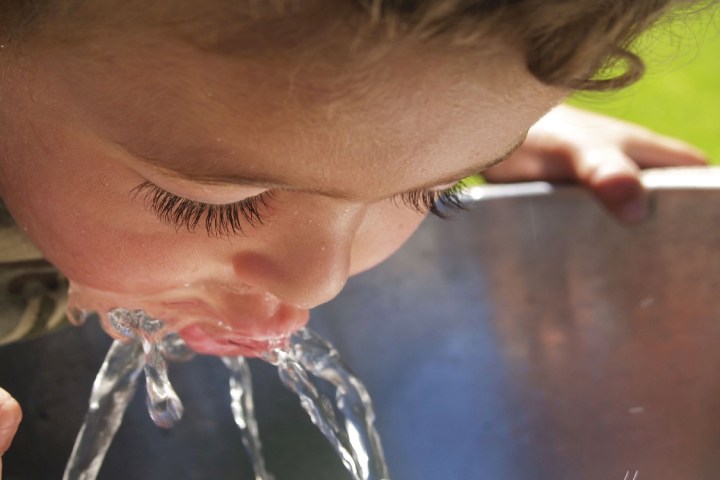
After 15 years of hard work, chemists at Carnegie Mellon University, University of Auckland, and Oregon State University have come up with a solution they claim can quickly, cheaply, and effectively remove upward of 99 percent of BPA from water. The cleanup solution involves catalysts called TAML activators, referring to small molecules which mimic oxidizing enzymes. When these are combined with hydrogen peroxide, the TAML activators are able to effectively break down harmful chemicals, including BPA.
The technique can be used to effectively treat large quantities of water in just 30 minutes. According to its creators, tens of thousands of tons of water can be treated with one solitary kilogram of the catalyst.
“[In our paper], we show how TAML and peroxide processes can remove BPA easily and efficiently from water,” Terrence Collins, the Teresa Heinz Professor of Green Chemistry at Carnegie Mellon, told Digital Trends. “There are two outcomes depending on how much acid is present. At low acid concentrations, the BPA is obliterated. At higher acid concentrations that are typical of environmental waters, the BPA is precipitated by chemistry that sticks BPA molecules together in ways that will not revert to BPA, as with current plastics. In both cases, the removal is effectively quantitative. The BPA elimination chemistry involved is fast and facile: You simply mix traces of catalyst and a little peroxide into the water and the processes takes off quickly.”
Having demonstrated the technique in the lab, Collins now hopes the research can be applied in the real world. “If this chemistry, conducted in pure lab water, transfers to much dirtier real-world situations with similar BPA concentrations, such as landfill leachates and paper recycling streams, then this work could help reduce aquatic contamination by BPA,” he said. “The ball is in the BPA industry’s court.”
A research paper — complete with BPA reviews primarily written by Collins’ postdoc Dr. Matthew DeNardo — was recently published in the journal Green Chemistry.
In all, it is another example of how the work coming out of cutting-edge research labs is helping purify water all around the world in the name of good health.


